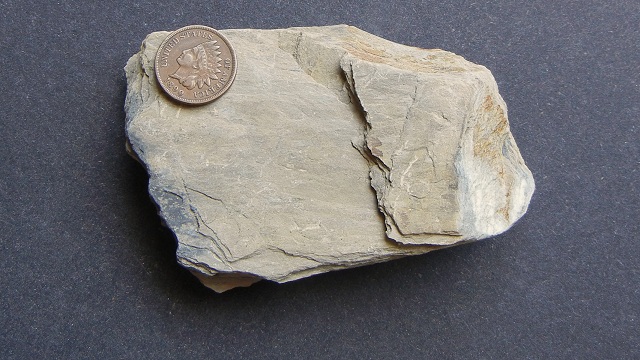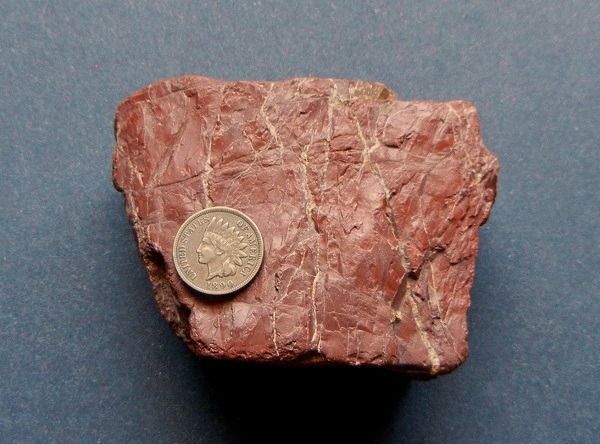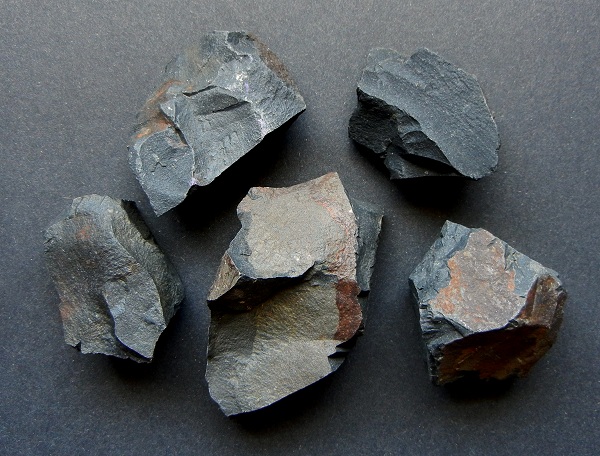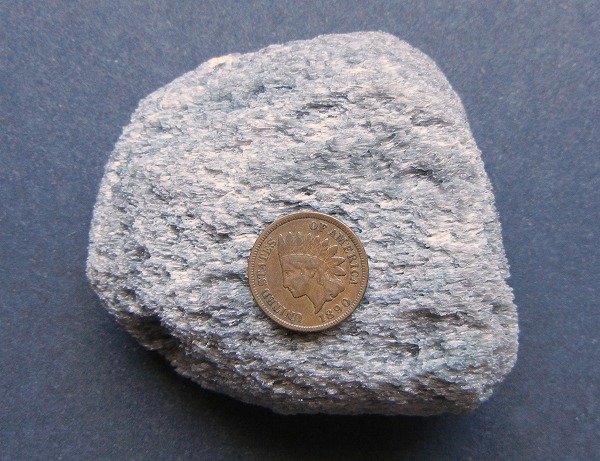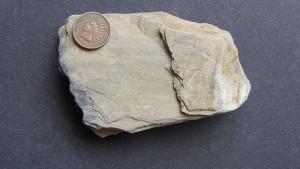
A few months ago, I accepted an assignment to gather a set of California rocks for the Chabot Space & Science Center in Oakland. I thought I could putter around the local hills and have it done in a few afternoons. Didn't turn out that way. Finding good teaching specimens is an exacting project. Now that I'm done, it's a little hard to let them go.
I was given a list of 15 rock types—five each of igneous, sedimentary and metamorphic rocks—but some of them were clearly nonstarters. For instance, coal was on the list, but California's coal is too soft for presentation, and besides it's off limits in park lands. I made some substitutes and then set forth to find the following:
Igneous rocks: basalt, granite, obsidian, pumice, scoria
Sedimentary rocks: breccia, chert, conglomerate, sandstone, shale
Metamorphic rocks: gneiss, marble, schist, serpentine, slate
Almost everything was available in loose material by the side of the road. Indeed, picking up roadside rubble is doing the public a favor. Conglomerate and sandstone were available within the Oakland city limits; in fact Chabot authorized me to collect from its own property, but the sandstone there is too soft. Chert came from my own Oakland yard, the same red Franciscan chert that makes up the Marin Headlands. I was using it in the landscaping, but giving up a few choice pieces was all for a good cause.
